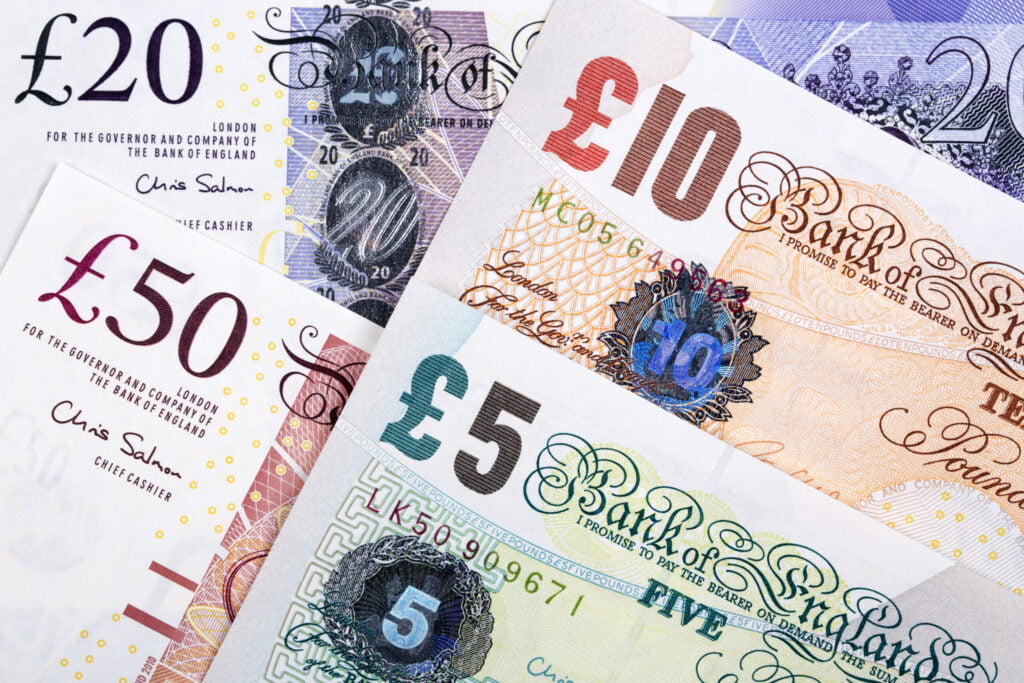The UK Consumer Price Index (CPI) remains steady at 8.7% YoY in May, while core inflation unexpectedly rises to 7.1% from 6.8%, indicating that inflationary pressures have not yet peaked. The surge is attributed to factors such as used car prices, recreation, and airline tickets, suggesting that inflation extends beyond food and fuel. This data follows last week’s higher-than-anticipated wage growth and the UK economy’s rebound in April.
In contrast to cooling inflation in Europe and the US, the UK stands out as an outlier, with inflation exceeding the Bank of England’s target level by over four times. As the Bank of England prepares for its upcoming interest rate decision, it is widely expected to raise rates for the 13th consecutive meeting, reaching 4.75%. Market expectations are priced in for further hikes to 5.75% by early next year, potentially risking a recession. However, economists view this projection as overly aggressive, with only a modest 50 basis points of additional hikes expected.
Meanwhile, the focus for the USD shifts to Federal Reserve Chair Jerome Powell’s congressional testimony for further guidance.
GBP/USD Technical Analysis: Resistance at 1.2850, Support at 1.27
GBP/USD has formed a pattern of higher highs and higher lows but faces resistance at 1.2850, a crucial level for buyers to surpass in order to extend the bullish momentum towards 1.30, a psychological threshold. On the downside, support is observed at 1.27, a level that previously limited gains in May 2022 and May 2023. A break below this level could open the door to 1.25, where the rising trendline support resides.
Gold Declines Ahead of Powell’s Testimony
Gold is experiencing a slight decline, hovering near a three-month low following Tuesday’s drop triggered by better-than-expected US economic data. Investors are now awaiting Federal Reserve Chair Jerome Powell’s congressional testimony.
Powell’s appearance provides an opportunity for him to further clarify the path of monetary policy and interest rates, given the mixed signals from the Federal Reserve last week. The market awaits Powell’s reaffirmation of a longer-lasting hawkish stance, after investors largely ignored hawkish comments from the central bank that signaled a higher-than-expected peak rate of 5.6%, up from 5.1%.
Currently, the market prices in a 75% chance of one more rate hike before year-end, reflecting a less aggressive outlook compared to the Fed’s indication of a 50 basis point increase.
Recent housing data, which showed a significant 21.7% surge in new housing starts in May to the highest level since 2016, could potentially bolster a more hawkish sentiment at the Fed. Given these factors, Gold’s path of least resistance appears to be on the downside.
Gold has broken below its multi-month ascending channel and breached the crucial support level at 1940. This, coupled with the RSI falling below 50, reinforces a bearish outlook. Sellers would need to breach the June low at 1925 to extend the downward trend towards 1900, a significant round number.
Alternatively, if buyers manage to reclaim 1940, the 100-day simple moving average, subsequent resistance levels at 1972 (rising trendline resistance) and 1981 (50-day SMA) could come into play, with the psychological level of 2000 as a further hurdle.
Ready to turn your passion for trading into profits? OFP can help you get there.

